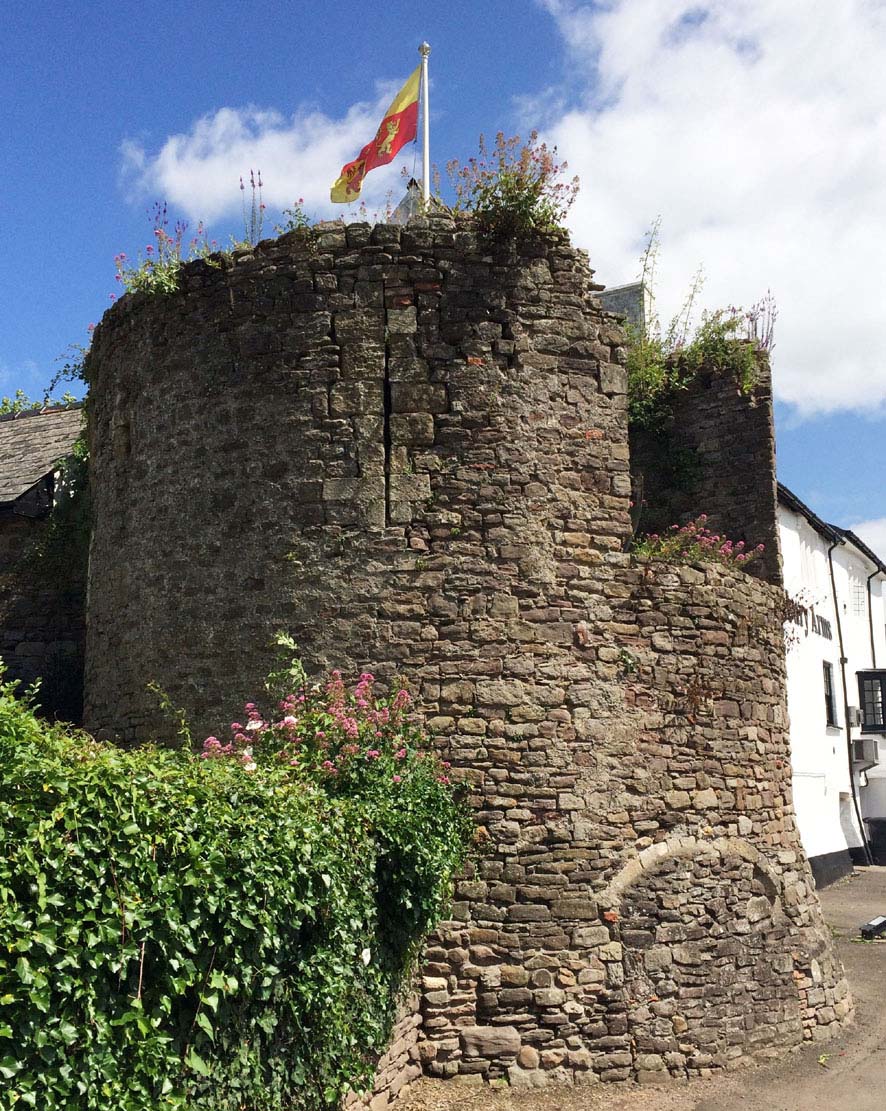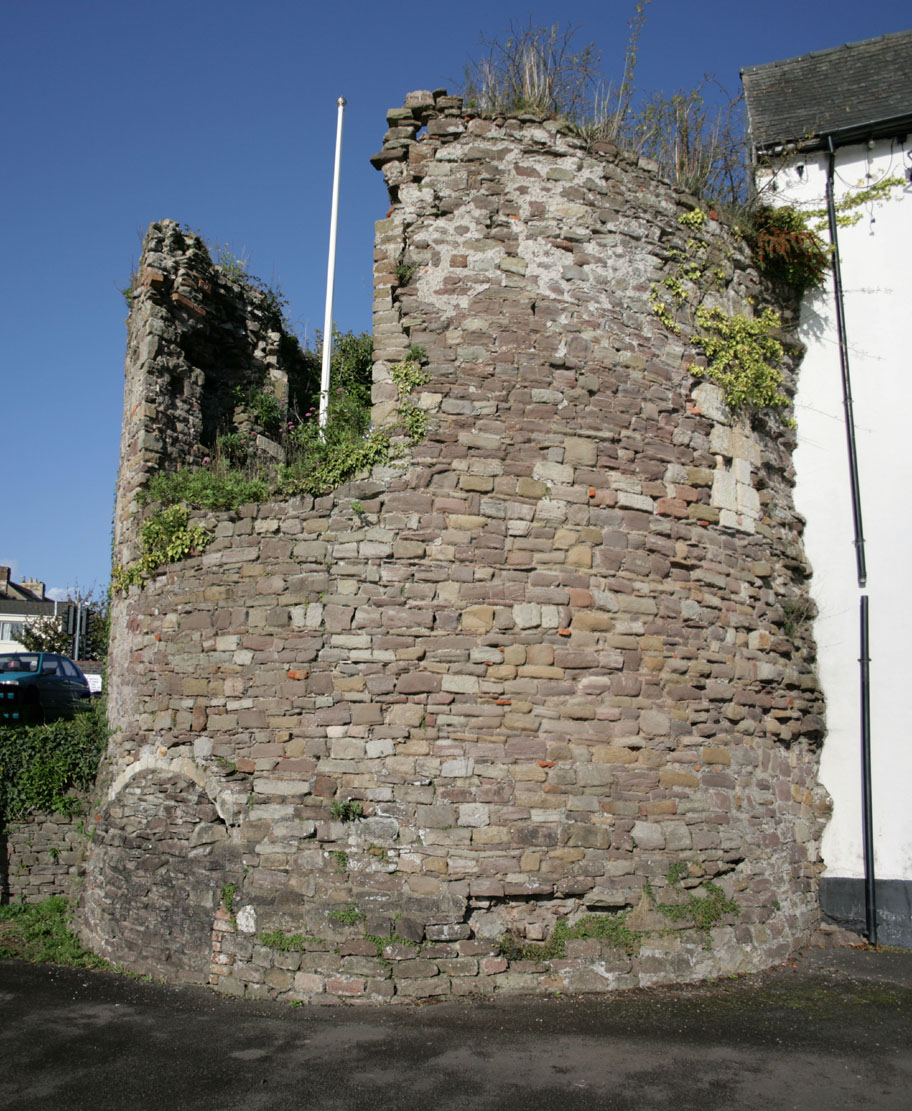History
The Norman castle at Caerleon was built before 1086, when it was first recorded in the Domesday Book. In the years 1171 – 1175, its fortifications were to be repaired or expanded on the initiative of Henry II. Despite this, the castle was captured by the Welsh in 1217, but in the same year it was recaptured by Anglo-Norman forces led by William Marshal, the first Earl of Pembroke. The castle managed to resist another Welsh attack in 1231. In the first half of the thirteenth century, probably right after recapturing in 1217, it was rebuilt from timber to stone. The work was carried out on the initiative of William Marshall, who probably used stones from the Roman legionary fort. After the death of William Marshall, in 1245 the castle passed into the hands of the de Clare family. In the eighteenth century, the castle was already in ruins.
Architecture
The castle was situated in the south-eastern corner of the Roman legionary fort, north of the Usk River and west of the smaller Afon Lwyd River flowing into it. In the 11th century, it was a wooden motte and bailey structure with a keep placed on an earthen mound and an outer bailey on its western side. The upper ward probably had the form of a shell keep, i.e. a defensive perimeter along the edge of the hill’s slopes. The mound was 65 meters in diameter and 30 meters high, with a top diameter of 25 meters. It was surrounded by a moat, probably with a drawbridge over it. At the beginning of the 13th century, the wooden keep was replaced with a stone one, a two-tower gate was also erected at the base of the mound and at least two other cylindrical towers on the outer bailey, connected by curtains of a stone defensive wall.
Current state
To this day, only a single tower of the outer fragment of the fortifications from the 13th century and a fragment of the defensive wall survived. On the fenced, densely overgrown area, there is also an earth mound on which the keep was originally located. Today the castle is best known from the chronicler Geoffrey of Monmouth, who suggested that Caerleon was the court of king Arthur and believed that the ruins of the Roman amphitheater are the remains of his legendary round table.
bibliography:
Kenyon J., The medieval castles of Wales, Cardiff 2010.
Salter M., The castles of Gwent, Glamorgan & Gower, Malvern 2002.


